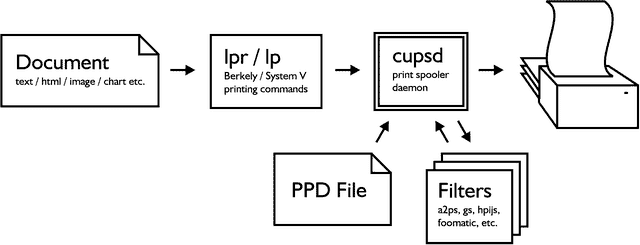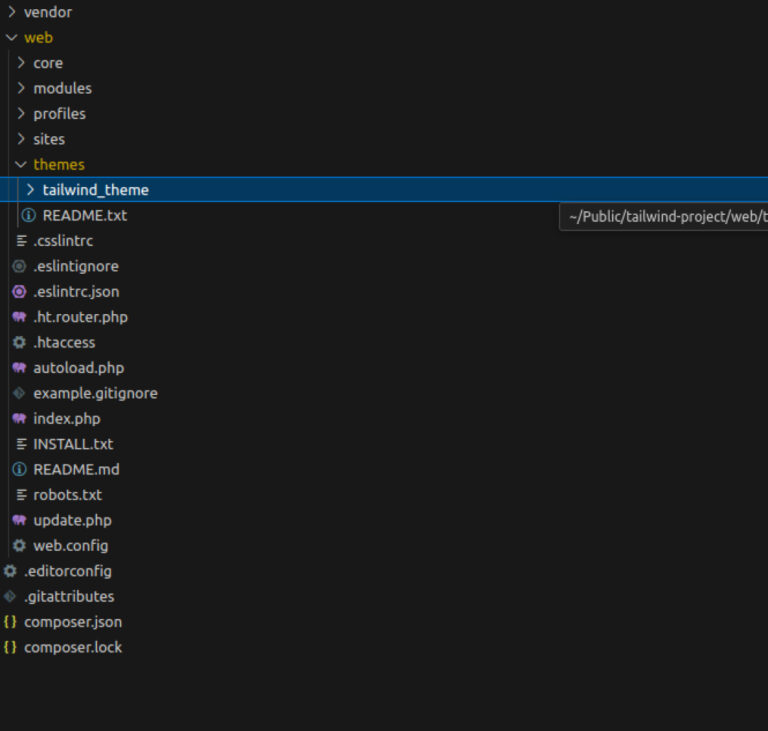
The DropTimes’ analysis of CMS usage among charity and non-profit organizations in the United States confirms the popularity of free and open-source CMSs (FOSS). WordPress emerges as the preferred choice for many due to its user-friendly interface and adaptability, while Drupal demonstrates its strength in powering popular, high-traffic websites. The strong adoption of FOSS CMSs reflects the non-profit sector’s commitment to utilizing technology that aligns with its values and missions. This study provides valuable insights into CMS preferences within the non-profit sector, emphasizing the importance of FOSS solutions in empowering these organizations to achieve their social impact goals.The analysis of CMS usage among charity organizations in the United States was conducted through a series of systematic steps:
Free Software and Non-Profit Organizations
By understanding these trends, non-profit and charity organizations can make more informed decisions about their digital infrastructure, ensuring they select the CMS that best supports their mission and operational needs.FOSS solutions offer non-profits cost-effectiveness, eliminating licensing fees. They are adaptable, allowing for customization to meet unique needs and ensure digital platforms evolve with the organization.This study confirms a clear preference for free and open-source software (FOSS) CMSs, such as WordPress, Drupal, Joomla, and Typo3, among others. Collectively, FOSS solutions constitute a major part of the CMS landscape, accounting for 82.9% of deployments.
How did we prepare the data for the report?
Free and Open Source Software (FOSS) CMSs lead in this segment as well. Drupal, with a 46% market share among these popular websites, emerged as the leader.
- An extensive list of 8,134 charity organizations and their websites was assembled, primarily using Charity Navigator as the source.
- Using the tool ‘Wappalyzer,’ we detected and recorded the CMS data for each of these websites. We used the same process we followed to identify the CMS for the university websites.
- We use Tranco Ranking (updated as of May 23, 2024) to assess the online popularity of each website.
- Finally, we produced a summary based on the analyzed data to highlight the CMS usage trends among charity organizations.
CMS Usage in Charity and Non-profit Organizations in the USA: Key Findings
FOSS Dominance
WordPress is used by 68.7% of non-profit and charity organization websites in the United States, indicating a strong preference for this CMS among these organizations.
WordPress’s Reach
Share Your Experience: If your Drupal project made a positive impact on a non-profit or charity organization, share your story with us! We’d love to feature it. Email us at [email protected].
Drupal’s Strength in the Top 100 Websites
This study is part of a broader initiative to examine CMS usage across various sectors and countries, highlighting the diverse applications of these platforms. Previous research in this area includes an extensive study demonstrating Drupal’s popularity among leading educational institutions globally, a thorough analysis of CMS usage on official city websites by Grzegorz Pietrzak, and a study by Droptica identifying the predominant CMS systems employed by Polish universities. A study by Promet Source on CMS usage in the US government and an analysis by TheDropTimes of CMS usage across official government websites worldwide also contribute to this body of research. This latest installment focuses on the non-profit sector in the United States, shedding light on how these organizations leverage FOSS technology for their websites.
| Content Management System/Framework | Number of Websites |
| Drupal | 46 |
| WordPress | 26 |
| Adobe Experience Manager | 7 |
| Kentico | 3 |
| Next.js | 2 |
| Ruby on Rails | 2 |
| SiteCore | 2 |
| Adobe Dreamweaver | 1 |
| Arc Publishing | 1 |
| Brightspot | 1 |
| Contentful | 1 |
| Craft CMS | 1 |
| DNN | 1 |
| eZ Publish | 1 |
| MediaWiki | 1 |
| Metro Publisher | 1 |
| Netlify CMS | 1 |
| Plone | 1 |
| SharePoint | 1 |
We ranked the websites using Tranco rank to understand their popularity and analyzed the CMS usage patterns among the top 100 non-profit/charity websites on the list.
CMS Usage Analysis of Charity Organizations in USA
An extensive analysis by The DropTimes (TDT) of 8,134 charity and non-profit organizations in the United States reveals a clear preference for Free and Open Source Software (FOSS) content management systems (CMS), with 82.9% utilizing them. WordPress emerged as the dominant platform, powering 68.7% of the websites surveyed, followed by Drupal at 9.3%. Among the top 100 websites in this list based on Tranco Rank, Drupal takes the lead, powering 46% of websites.
Top 100 Most Popular U.S. Charity & Non-Profit Websites by Web Traffic (Tranco Rank) and Their CMS
The top 100 websites in this list use 19 different systems to create their websites, with Drupal being the most popular, powering 46 of them.
Conclusion
As defined by the Free Software Foundation (FSF), “Free Software” grants users the fundamental freedoms to run, study, share, and modify the software. These freedoms foster a culture of openness, knowledge sharing, and collaboration—ideally suited for the non-profit sector, where transparency and community-driven development are essential.Out of the 8134 organizations analyzed, we identified 95 different systems used to build or host their websites.
Get Involved
Charity and non-profit organizations are mission-driven and committed to making a positive impact on the world. This ethos resonates deeply with the principles of FOSS and the open web, which champion accessibility, freedom of expression, diverse voices, and user autonomy. The global FOSS community actively contributes to the development of robust, secure, and adaptable software solutions. Initiatives like the Open Website Alliance, a collaboration among leading FOSS CMS providers, further solidify this commitment by advocating for wider adoption of free and open-source software and fostering a more open, trustworthy, and high-quality web.






